A Census of Rabelais Copies (1532-1626) with some Additions and Corrections to the New Rabelais Bibliography. Etudes rabelaisiennes, tome LXII
Extraits
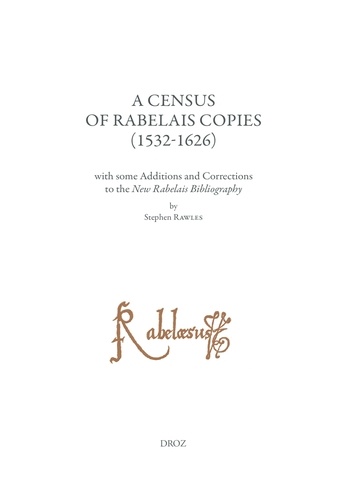
Biographies
A Census of Rabelais Copies (1532-1626) with some Additions and Corrections to the New Rabelais Bibliography. Etudes rabelaisiennes, tome LXII
03/2024
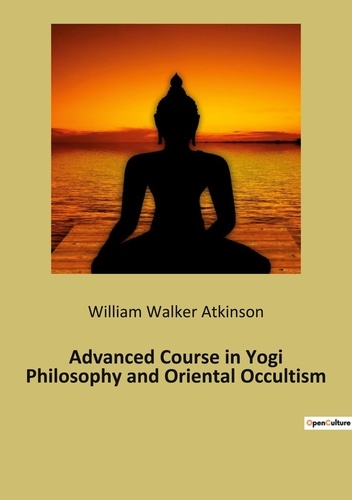
Histoire de la philosophie
Advanced Course in Yogi Philosophy and Oriental Occultism
10/2022
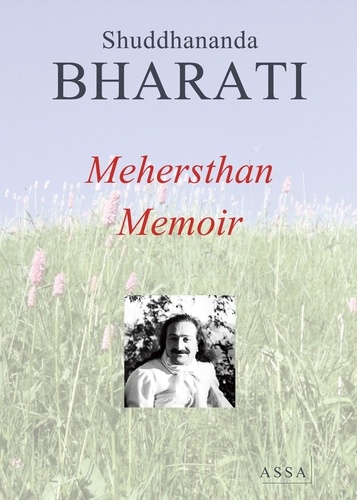
Littérature française
Mehersthan Memoir (Meher Baba)
07/2017
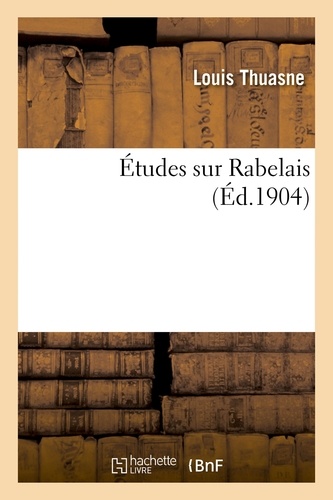
Littérature française
Études sur Rabelais
04/2016
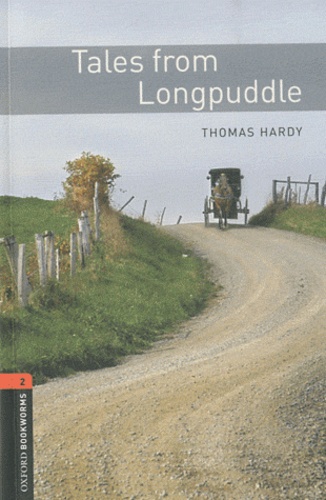
Anglais apprentissage
Tales from Longpuddle
07/2010
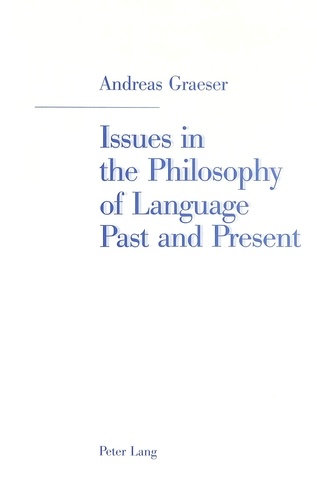
Philosophie
Issues in the Philosophy of Language Past and Present
11/1999

Monographies
Andrea Sacchi and Cardinal del Monte. The Rediscovered Frescoes in the Palazzo di Ripetta in Rome
08/2022
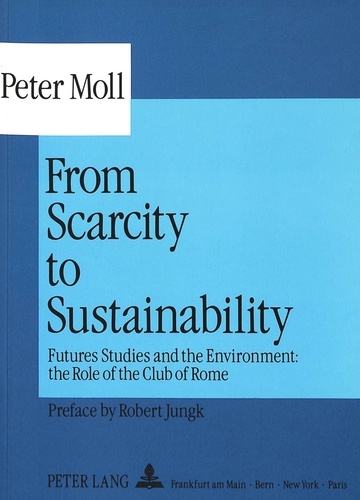
Non classé
From Scarcity to Sustainability
12/1991
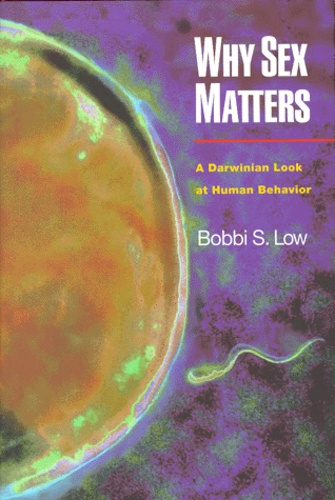
Histoire et Philosophiesophie
WHY SEX MATTERS. A Darwinian Look at Human Behavior
01/2000
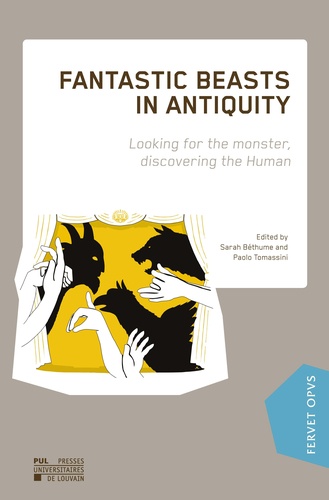
Archéologie
Fantastic Beasts in Antiquity. Looking for the monster, discovering the Human, Textes en français et anglais
02/2021
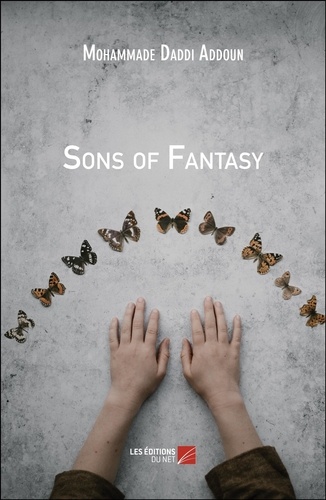
Littérature française
Sons of Fantasy
08/2018
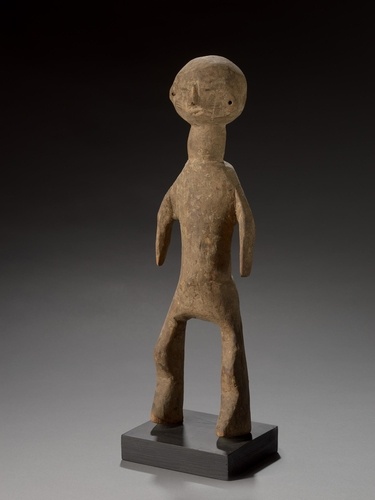
Monographies
Arts du Nigéria Central revisités. Mumuye et peuples environnants
05/2023
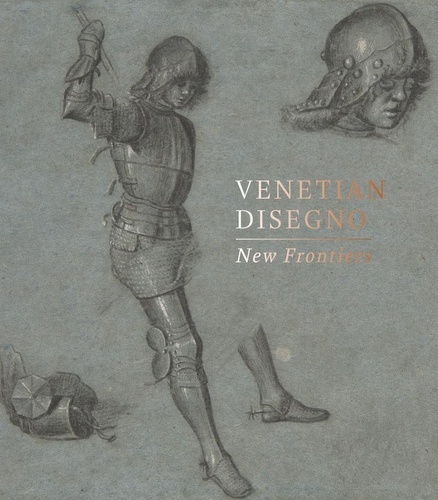
Monographies
Venetian Disegno. New Frontiers
03/2024

BD tout public
I am GooGol - The Great Invasion
12/2010
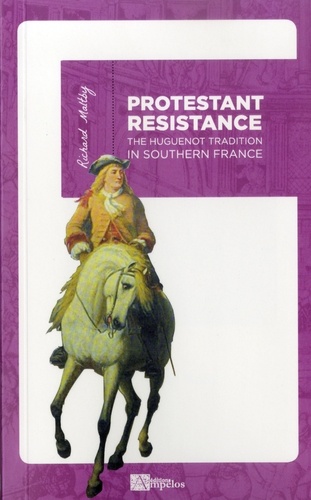
Histoire de France
Protestant resistance (version poche)
07/2018

Non classé
Rethinking East-Central Europe: family systems and co-residence in the Polish-Lithuanian Commonwealth
01/2016
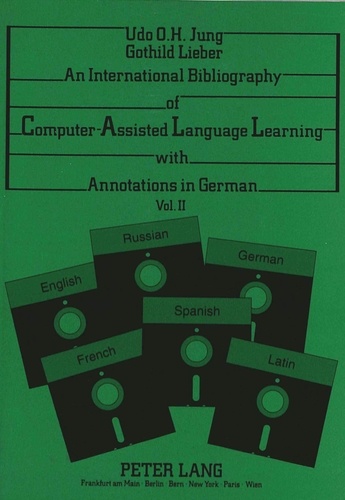
Sciences politiques
An International Bibliography of Computer-Assisted Language Learning with Annotations in German
09/1993
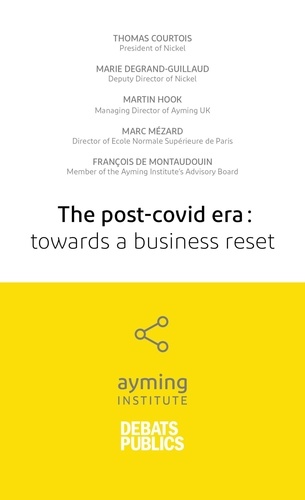
Actualité et médias
Performance post-crise
01/2021
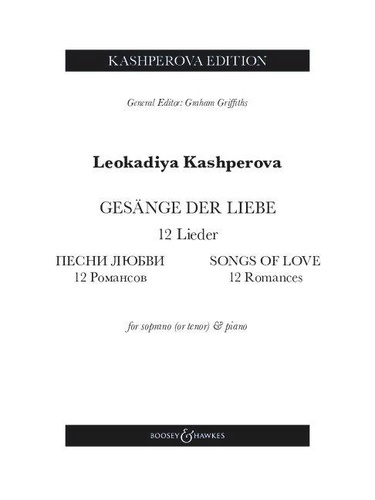
Musique classique
Songs of Love. 12 Romances. 12 Lieder. Soprano (tenor) and piano.
12/2023
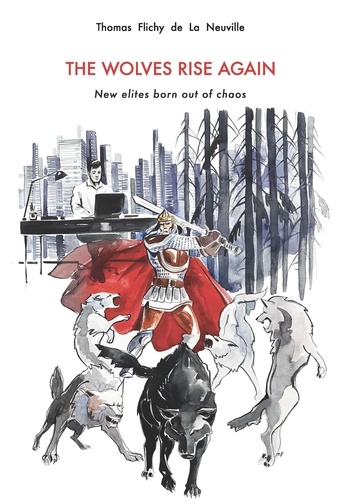
Ethnologie et anthropologie
The Wolves Rise Again. New elites born out of chaos
06/2022

Guides pratiques
Val Briard en anglais Carnet 2022 Petit Futé
02/2022
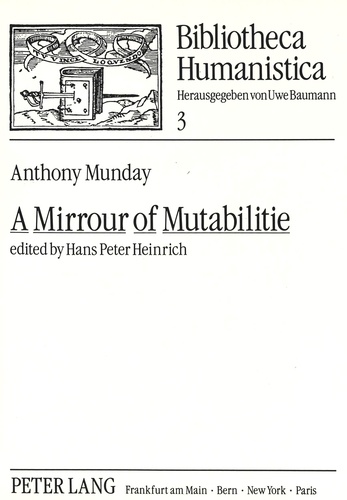
Non classé
A Mirrour of Mutabilitie
01/1991
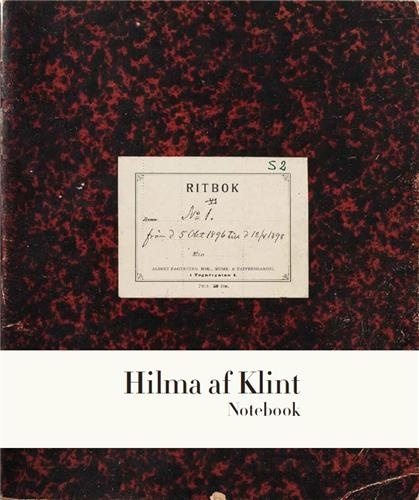
Monographies
Hilma af Klint. The Five Notebook 1
01/2022
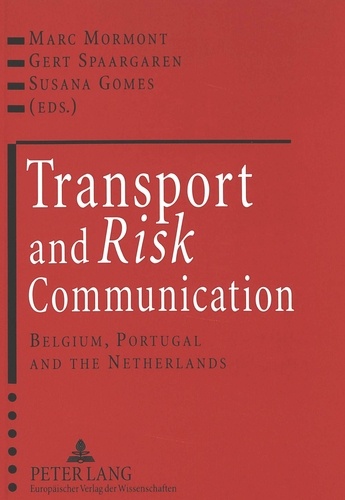
Droit
Transport and Risk Communication
09/1997
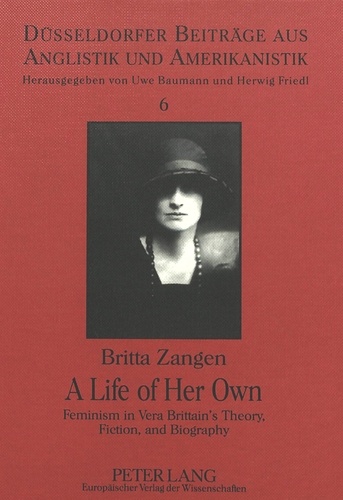
Non classé
A Life of Her Own
11/1996
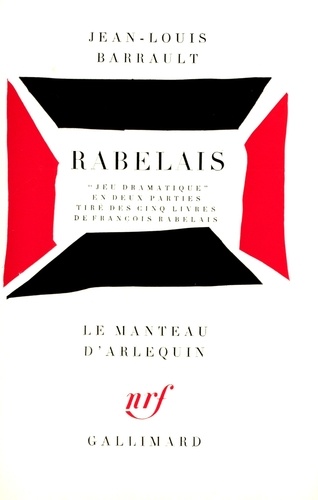
Théâtre
RABELAIS
11/1969
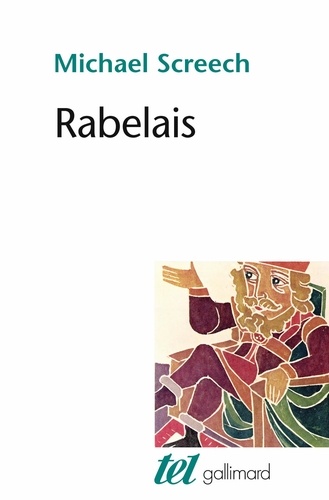
Critique littéraire
Rabelais
11/2008
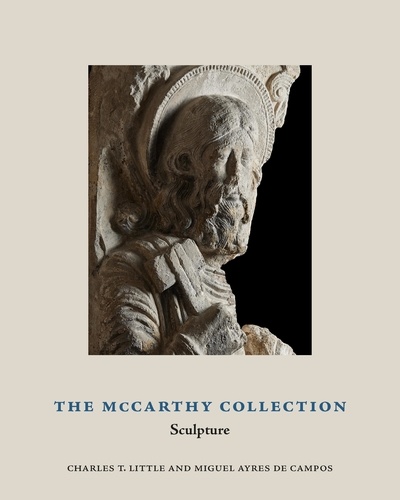
Sculpture
The McCarthy collection. Sculpture
04/2024

Anglais apprentissage
A multitude of Sins. Richard Ford
11/2007

Instruments de musique
Ten Songs for Cello and Piano
05/2023

